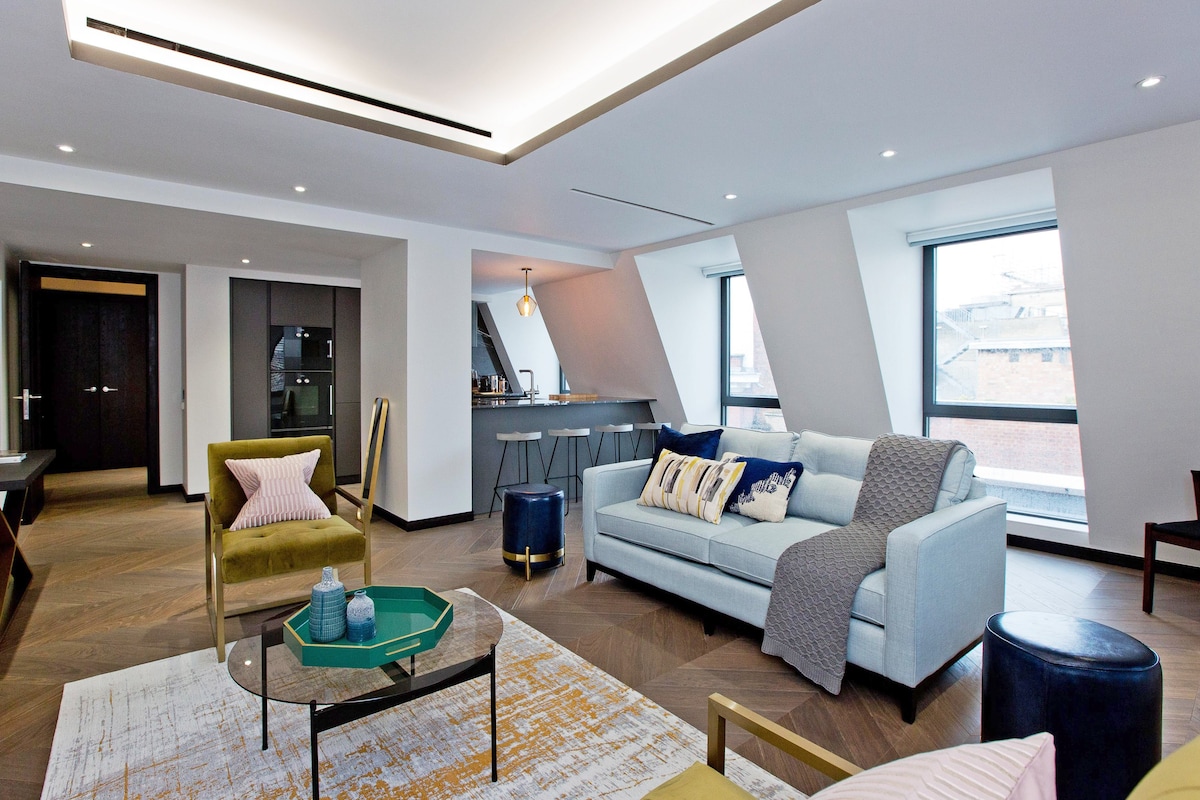In the ever-evolving landscape of urban development, the concept of apartment living has undergone a significant transformation. What was once seen as a mere necessity due to urban space constraints has now morphed into a preferred lifestyle choice for many. This evolution reflects broader changes in societal values, economic factors, and architectural innovations, making apartment living not just a matter of convenience but a deliberate choice for a growing segment of the population.
Historical Perspective
The history of apartments dates back to ancient Rome, where insulae, the precursors to modern apartments, housed the majority of the urban population. Over the centuries, the concept of communal living spaces evolved, but it wasn’t until the 19th and 20th centuries that the apartment buildings we recognize today began to take shape. Initially, these structures were designed to accommodate the working class and immigrants in crowded cities. However, as urban living conditions improved, the middle and upper classes started to embrace apartment living for its convenience and the luxury it could offer.
The Rise of Modern Apartments
The 21st century has seen a significant shift in how people perceive apartment living. Several factors have contributed to this change, including:
Urbanization: With more people moving to Apartments cities in search of employment and lifestyle opportunities, apartments have become an efficient way to manage space in densely populated areas.
Economic Factors: For many, owning a home is becoming increasingly out of reach due to rising real estate prices. Apartments offer a more affordable entry point into the housing market, especially for millennials and younger generations.
Lifestyle Choices: There’s a growing desire for flexibility and minimalism. Many individuals prefer the convenience and lower maintenance responsibilities that come with apartment living, as well as the amenities many complexes offer.
Environmental Concerns: Apartments are seen as more sustainable compared to traditional houses, with smaller footprints, shared resources, and, in many cases, greener construction methods.
Architectural and Technological Innovations
Modern apartments are not just about the efficient use of space; they are about creating communities and enhancing the quality of life for their inhabitants. Architects and developers are increasingly focusing on:
Design Innovation: Incorporating open spaces, natural light, and greenery to make apartment living more pleasant and healthier.
Smart Homes: Integrating technology for security, convenience, and energy efficiency. Features like smart locks, thermostats, and appliances are becoming standard.
Amenities: Offering amenities that enhance lifestyle, such as fitness centers, communal gardens, workspaces, and entertainment facilities, making apartment complexes more self-contained and community-oriented.
Sustainability: Emphasizing sustainable building practices and materials, energy-efficient designs, and features that encourage a lower carbon footprint.
The Social Dimension
The social aspect of apartment living is also evolving. With the rise of co-living spaces and community-focused designs, apartments are becoming places where people can connect and form communities. This is particularly appealing in an age where loneliness and social isolation are increasingly recognized as challenges in urban environments.
Conclusion
Apartment living has come a long way from its humble beginnings. It now represents a multifaceted lifestyle choice that caters to a diverse range of needs, preferences, and values. As we look to the future, the trend towards more innovative, sustainable, and community-focused apartment living is likely to continue, reflecting broader shifts in how we think about housing, community, and our relationship with the urban environment. Whether driven by necessity or choice, the evolution of apartment living is a testament to its enduring appeal and adaptability in the face of changing times.
